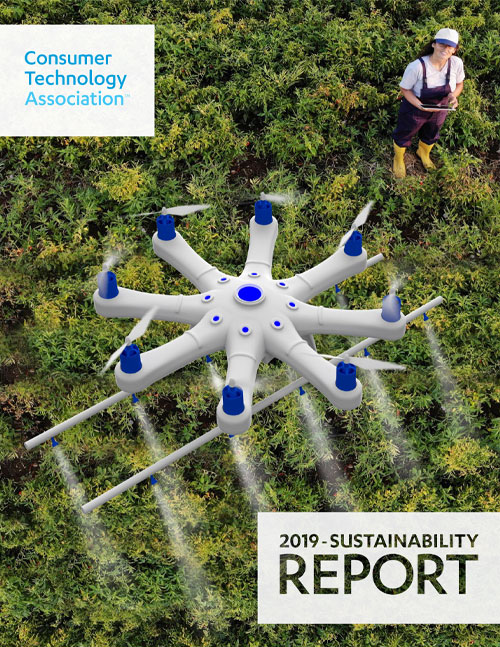Voluntary Agreements:
Unified Purpose,
Collective Benefits

CTA and the Internet & Television Association (NCTA) have been working closely with internet service providers and manufacturers for several years now to drive improvements in the energy efficiency of pay TV and broadband devices and save consumers money. The landmark Voluntary Agreement for Ongoing Improvements in the Energy Efficiency of Set-Top Boxes (STB), for instance, which was adopted in 2012, has continued to drive year-to-year improvements in the energy efficiency of STBs while encouraging innovation and competition. With signatories representing more than 90% of the U.S. pay TV market and major manufacturers, the agreement has helped transform the consumer technology sector’s approach to energy efficiency by spurring innovation and sustainability improvements that benefit the entire sector.

Following the success of the STB agreement, CTA and NCTA signed the Voluntary Agreement for Ongoing Improvements in the Energy Efficiency of Small Network Equipment (SNE) in 2015. The objective: to increase the energy efficiency of equipment used to access residential broadband internet access services while promoting rapid innovation and timely introduction of new features for consumers. Participants included all of the nation’s largest consumer internet service providers (Altice, AT&T, CenturyLink, Charter, Comcast, Cox, Frontier and Verizon) as well as major manufacturers (Actiontec, ARRIS, Netgear, Technicolor and Ubee). CableLabs® also played a leading role in researching and developing energy-efficiency strategies and in supporting the ongoing implementation of the voluntary agreements.
In 2019, CTA and NCTA received the Project of the Year award from Environmental Leader, a leading daily trade publication covering energy, environmental and sustainability news, for their efforts with the SNE Voluntary Agreement and successfully establishing an effective alternative to traditional regulation that’s better suited for fast-moving industries.
An independent audit conducted in 2018 demonstrated a 20% improvement to date driven by SNE as well as improvements in SNE efficiency, even as consumers demand increasingly robust equipment to support higher-speed services, better Wi-Fi strength and more Internet of Things (IoT) devices.

The energy saved in
six years is enough to
power all homes
in the state of
Pennsylvania with
electricity for one year.
CTA helps expand energy efficiency
agreement for set-top boxes to Canada

